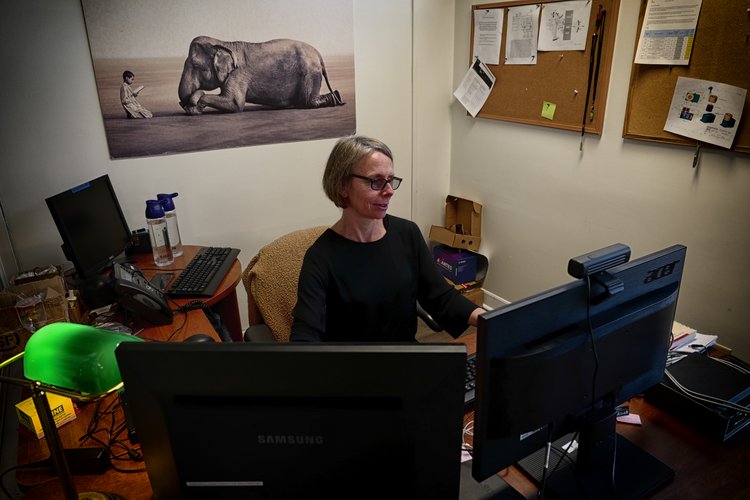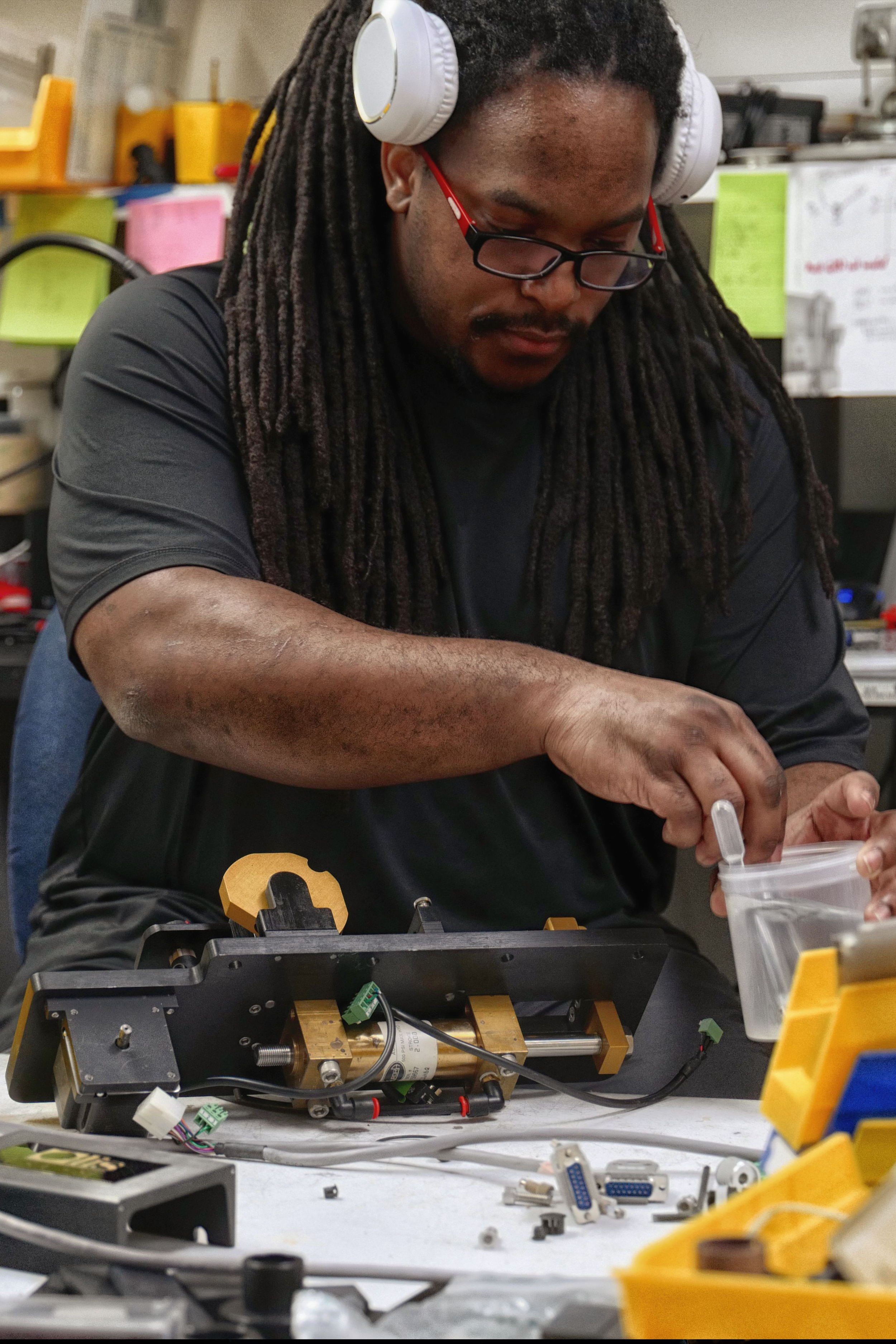The Basic Principles Of Uv/vis
The Basic Principles Of Uv/vis
Blog Article
Some Known Details About Circular Dichroism
Table of ContentsThe Buzz on Uv/vis/nirThe 10-Second Trick For Uv/vis/nirThe Best Strategy To Use For Circular DichroismUv/vis for BeginnersThe 10-Second Trick For Uv/vis

Spectrophotometry is a tool that hinges on the quantitative analysis of molecules depending on how much light is taken in by colored substances.
3 Simple Techniques For Spectrophotometers
A spectrophotometer is frequently used for the measurement of transmittance or reflectance of solutions, transparent or nontransparent solids, such as polished glass, or gases. Although numerous biochemicals are colored, as in, they soak up noticeable light and therefore can be measured by colorimetric treatments, even colorless biochemicals can frequently be transformed to colored compounds appropriate for chromogenic color-forming reactions to yield compounds appropriate for colorimetric analysis.: 65 Nevertheless, they can also be designed to determine the diffusivity on any of the noted light varieties that generally cover around 2002500 nm utilizing various controls and calibrations.
An example of an experiment in which spectrophotometry is utilized is the determination of the equilibrium constant of an option. A particular chemical reaction within a service might happen in a forward and reverse instructions, where reactants form products and items break down into reactants. Eventually, this chemical response will reach a point of balance called a stability point.
The Ultimate Guide To Circular Dichroism
The amount of light that travels through the option is a sign of the concentration of specific chemicals that do not enable light to travel through. The absorption of light is because of the interaction of light with the electronic and vibrational modes of particles. Each kind of particle has an individual set of energy levels associated with the makeup of its chemical bonds and nuclei and thus will soak up light of particular wavelengths, or energies, resulting in special spectral properties.
They are widely utilized in many industries including semiconductors, laser and optical manufacturing, printing and forensic examination, as well as in laboratories for the research study of chemical substances. Spectrophotometry is often used in measurements of enzyme activities, determinations of protein concentrations, decisions of enzymatic kinetic constants, and measurements of ligand binding reactions.: 65 Ultimately, a spectrophotometer is able to identify, depending on the control or calibration, what substances are present in a target and exactly how much through calculations of observed wavelengths.
Invented by Arnold O. Beckman in 1940 [], the spectrophotometer was developed with the aid of his colleagues at his company National Technical Laboratories founded in 1935 which would end up being Beckman Instrument Business and eventually Beckman Coulter. This would come as a service to the formerly developed spectrophotometers which were not able to absorb the ultraviolet properly.
Circular Dichroism for Beginners
It would be discovered that this did not give acceptable results, for that reason in Design B, there was a shift from a glass to a quartz prism which permitted better absorbance results - UV/Vis/NIR (https://www.bark.com/en/us/company/olis-clarity/96z8l/). From there, Design C was born with a change to the wavelength resolution which ended up having three units of it produced
It was produced from 1941 to 1976 where the price for it in 1941 was US$723 (far-UV learn the facts here now devices were an option at extra cost). In the words of Nobel chemistry laureate Bruce Merrifield, it was "probably the most crucial instrument ever developed towards the advancement of bioscience." Once it ended up being terminated in 1976, Hewlett-Packard produced the first commercially offered diode-array spectrophotometer in 1979 referred to as the HP 8450A. It irradiates the sample with polychromatic light which the sample takes in depending on its properties. Then it is transmitted back by grating the photodiode variety which finds the wavelength area of the spectrum. Given that then, the development and implementation of spectrophotometry devices has increased immensely and has actually become one of the most ingenious instruments of our time.

The Basic Principles Of Spectrophotometers
Historically, spectrophotometers utilize a monochromator including a diffraction grating to produce the analytical spectrum. The grating can either be movable or repaired. If a single detector, such as a photomultiplier tube or photodiode is used, the grating can be scanned stepwise (scanning spectrophotometer) so that the detector can measure the light intensity at each wavelength (which will represent each "step").
In such systems, the grating is repaired and the strength of each wavelength of light is determined by a various detector in the array. When making transmission measurements, the spectrophotometer quantitatively compares the portion of light that passes through a referral option and a test option, then digitally compares the intensities of the two signals and computes the percentage of transmission of the sample compared to the referral requirement.

Report this page